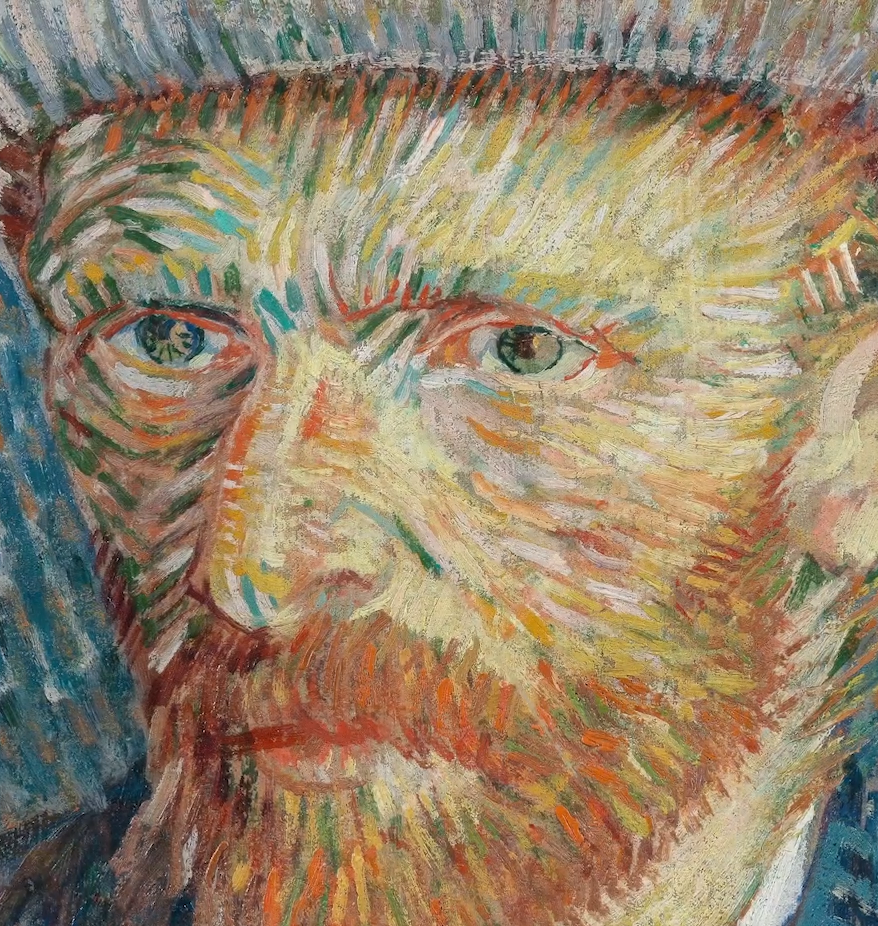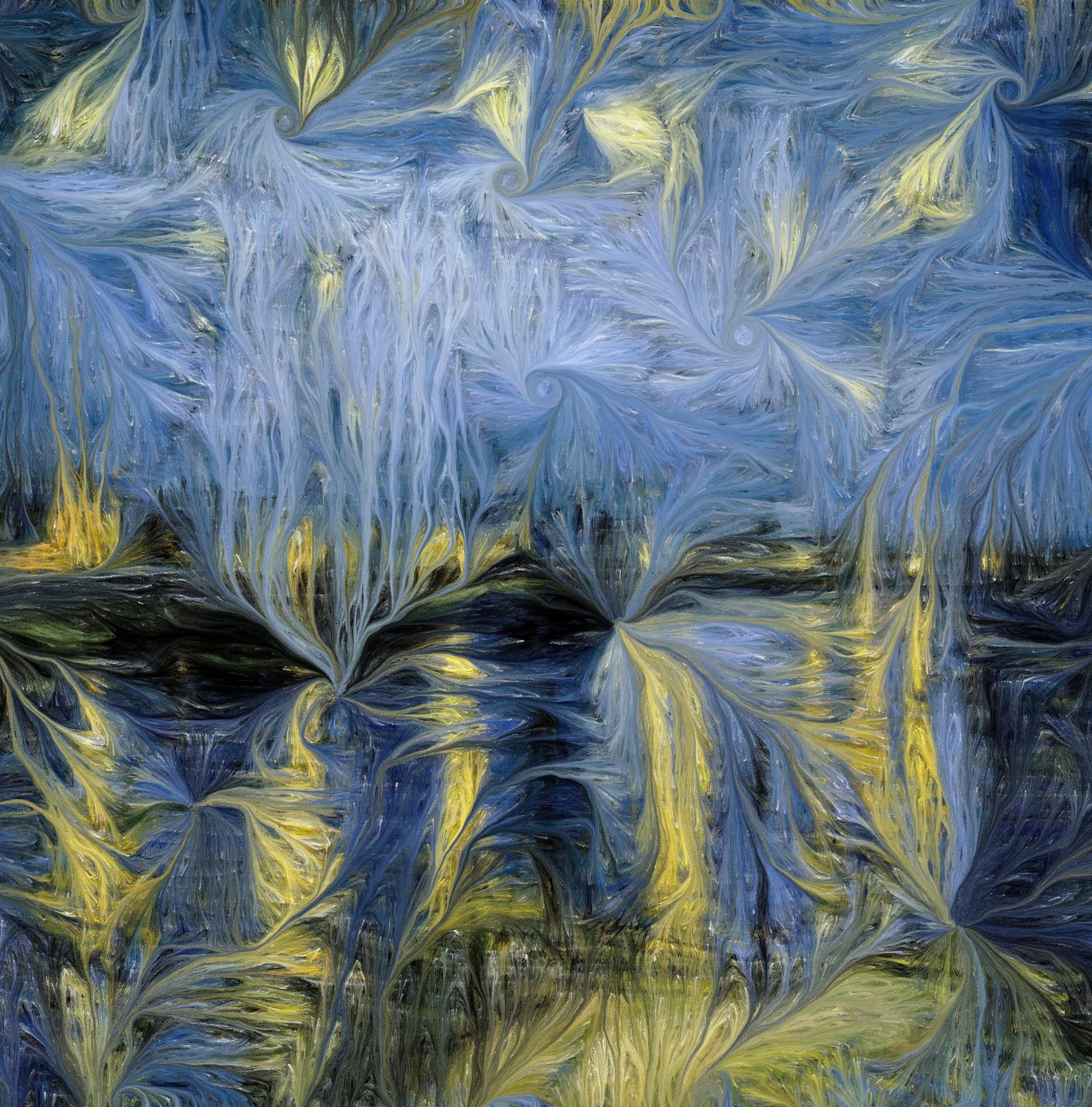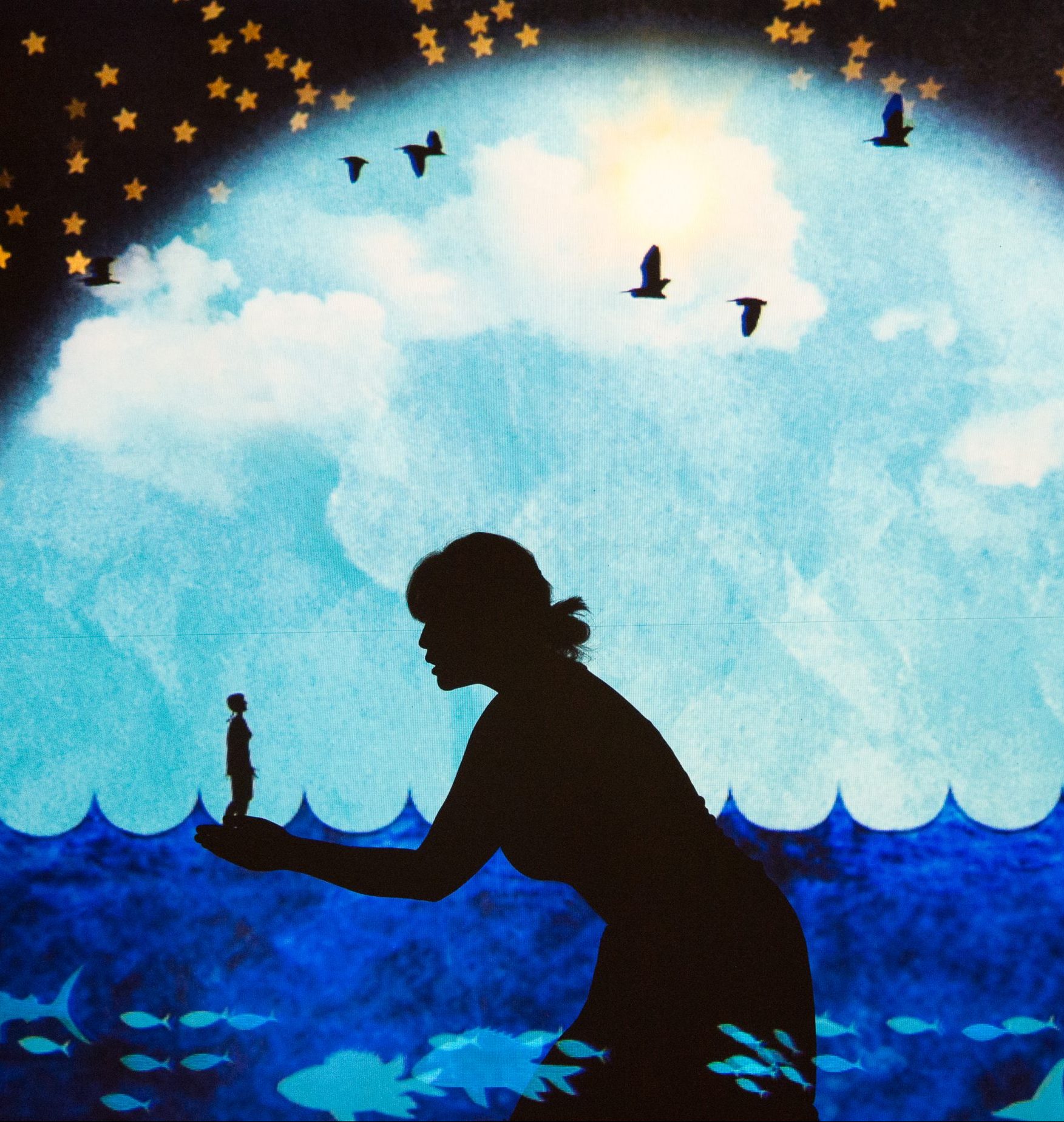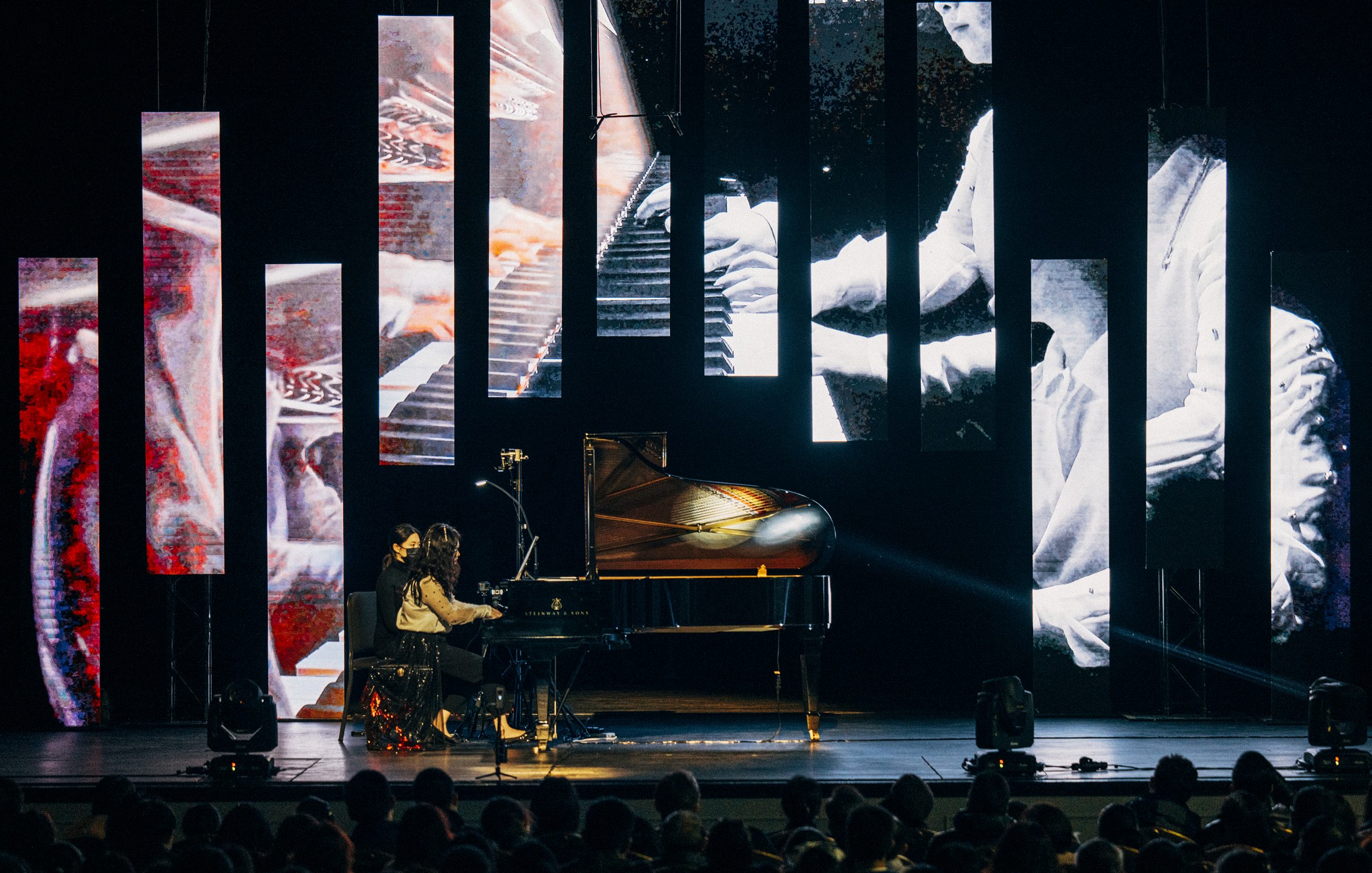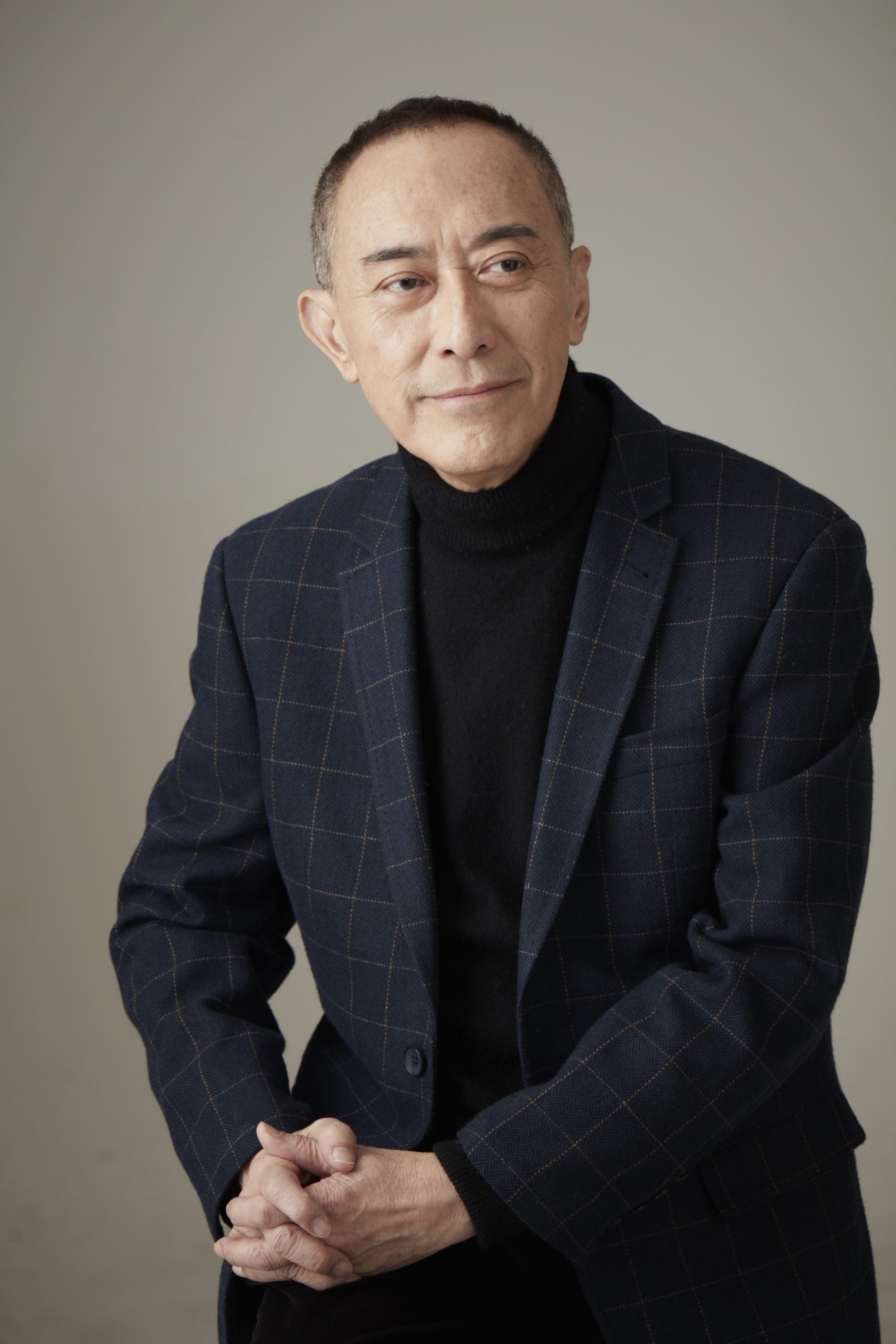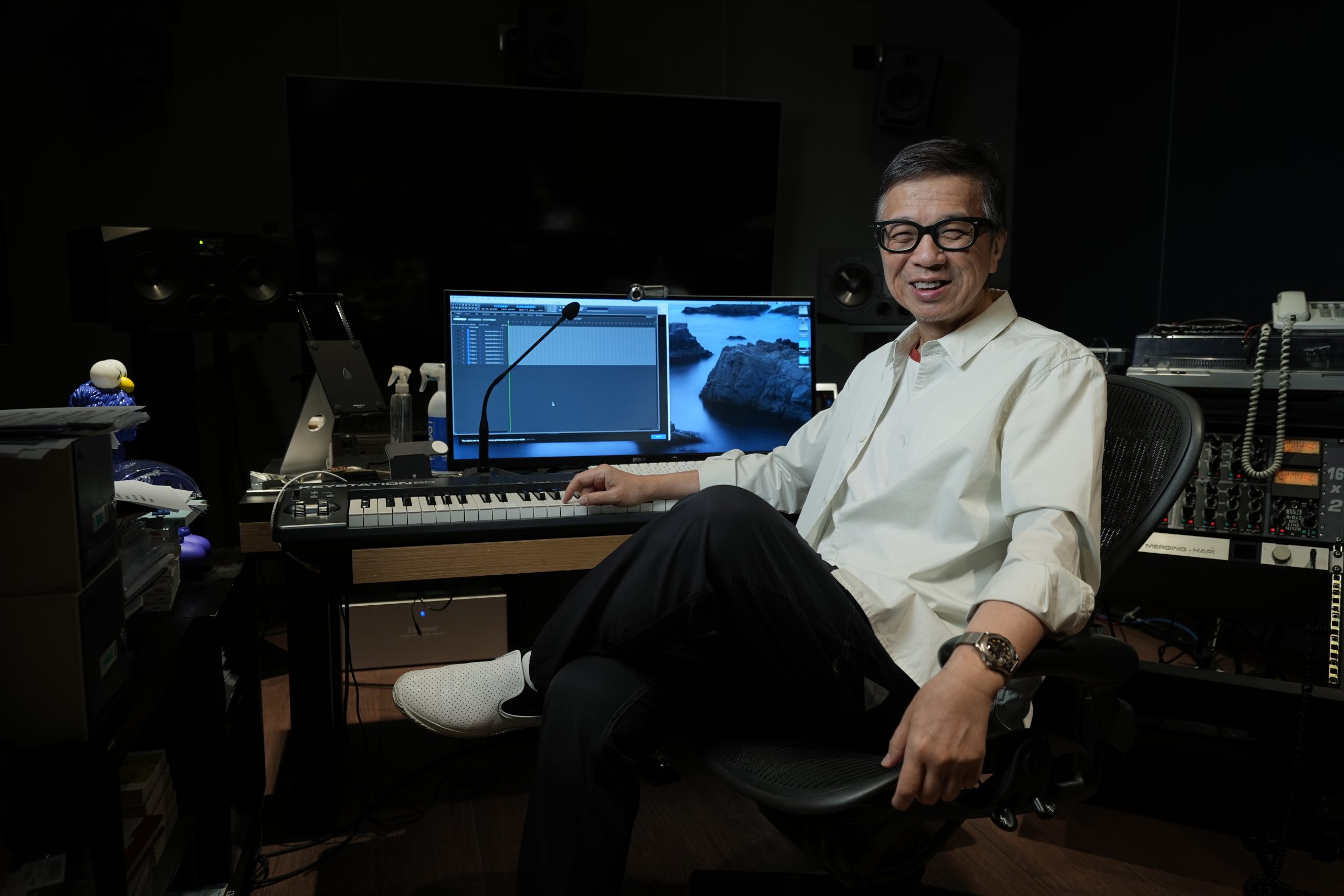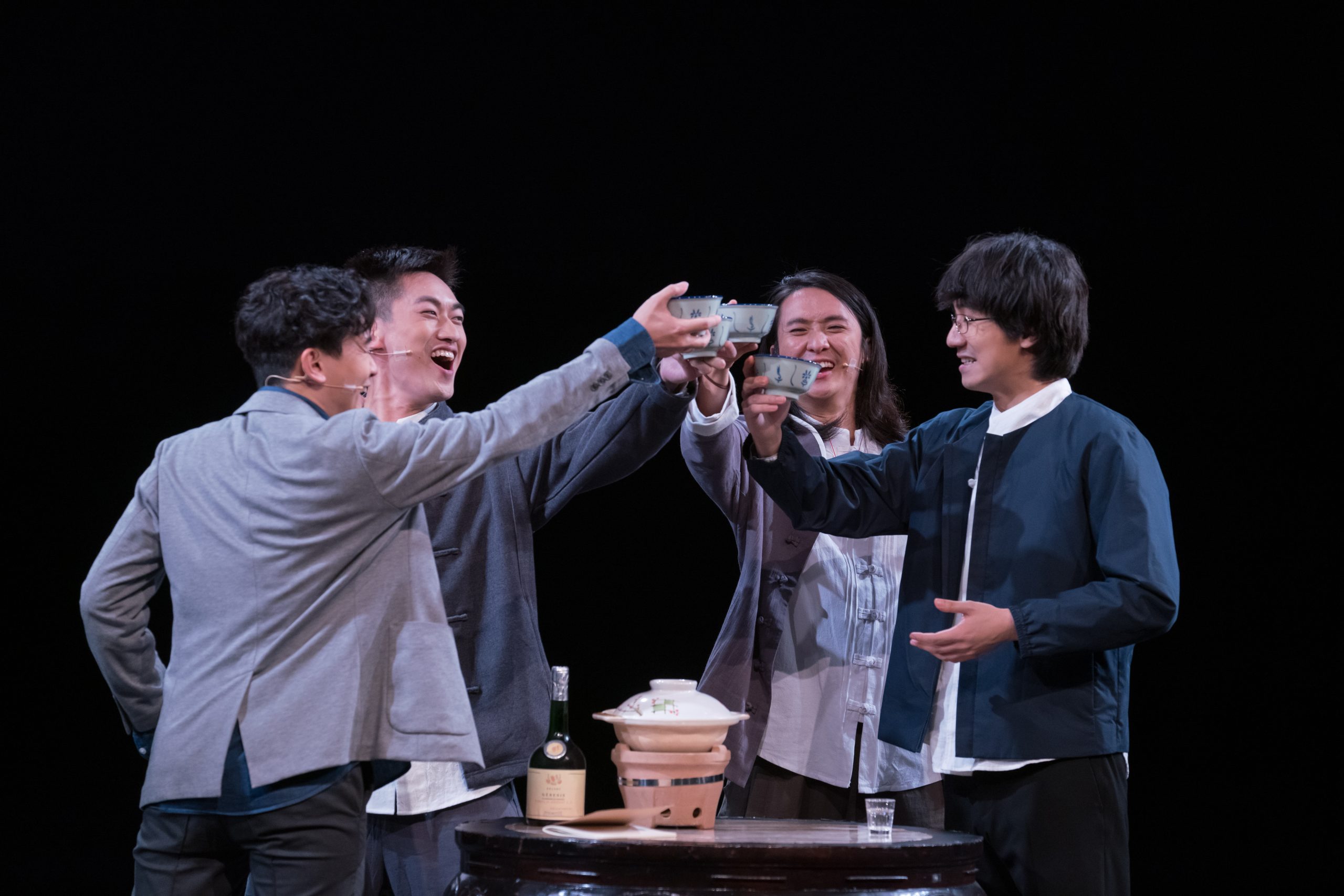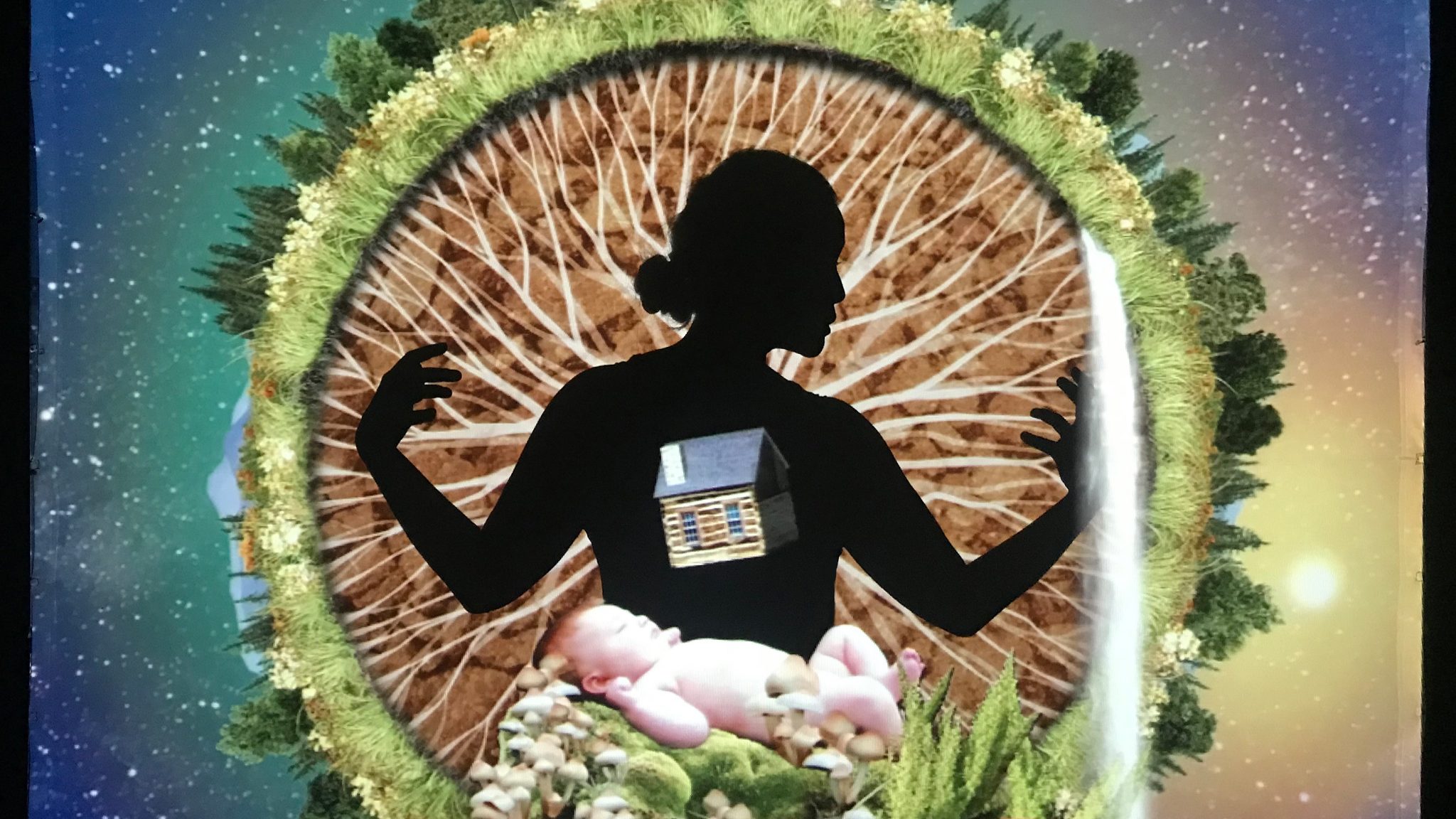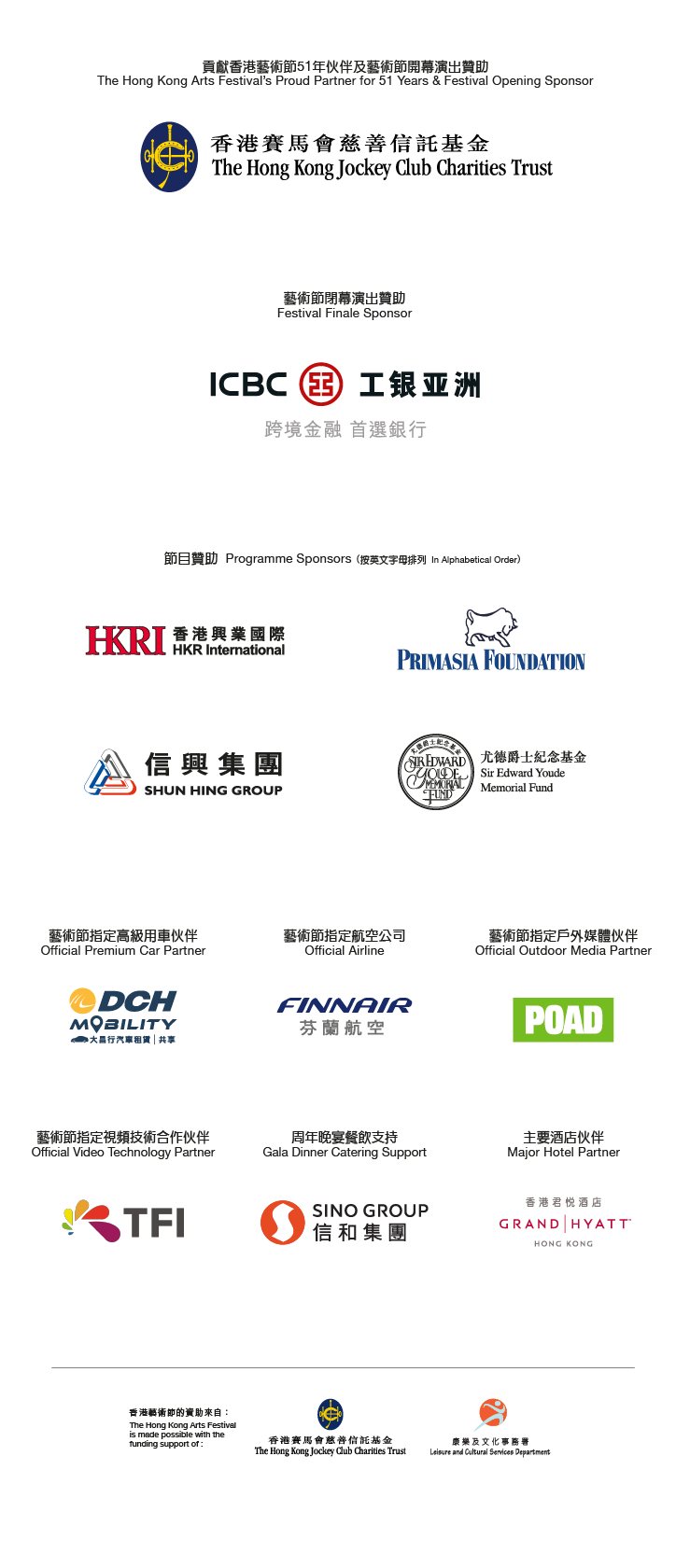Vincent van Gogh was an artist famed for being able to transfer his emotions onto canvas, and he would likely have been fascinated to learn that one day the emotions of others would be used to manipulate and transform his artworks in real time.
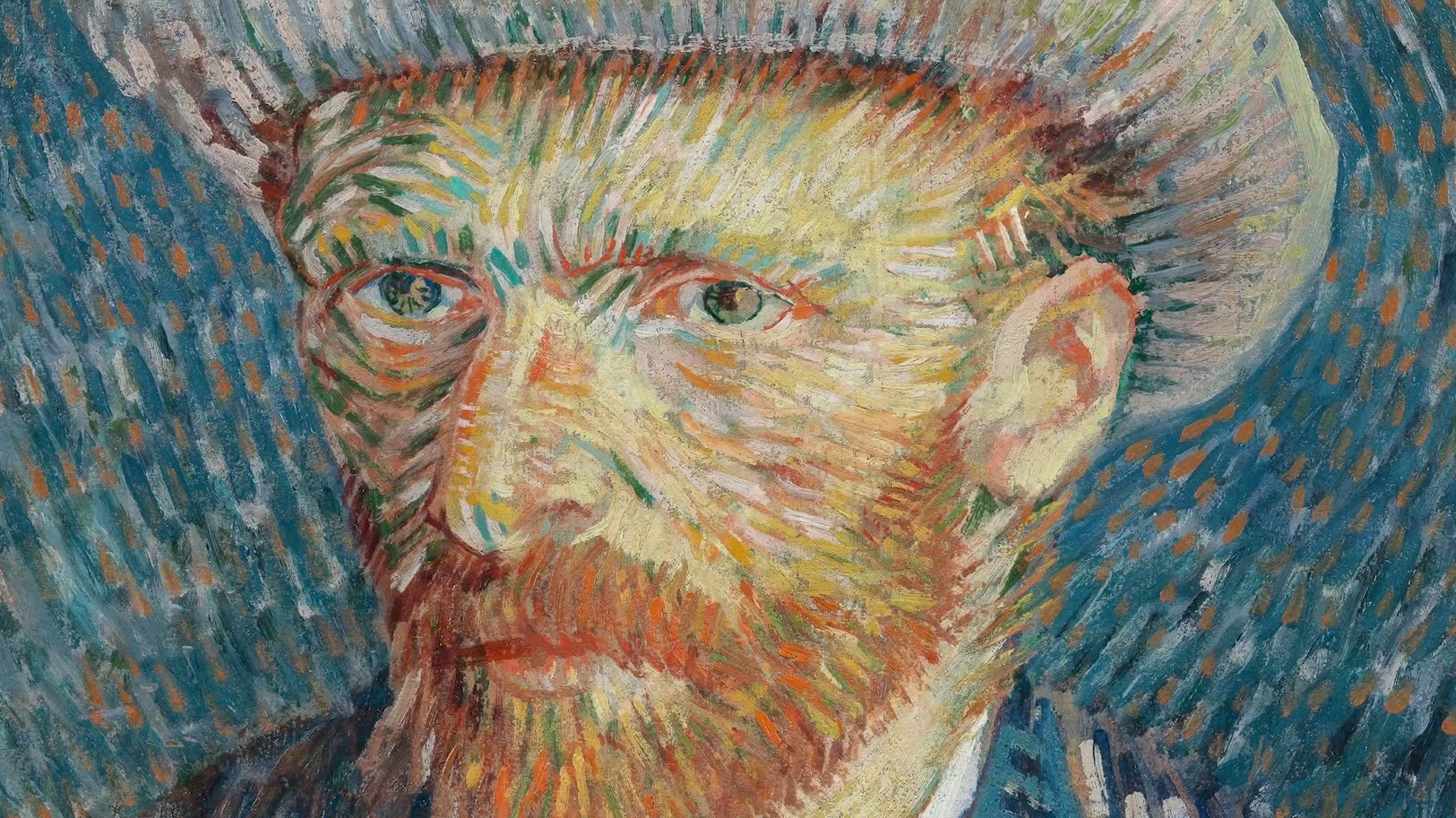
The Choir teamed up with Italian multidisciplinary art studio fuse*, which proposed using data to influence the visual processing of the paintings via a machine-learning algorithm, and turn them into new living, breathing digital artworks. The voices of the 32 choristers are detected through eight panoramic microphones that return the overall musical image, while four soloists wear personal microphones that provides a detailed analysis of their voices and a galvanic skin response device for real-time detection of their emotional state. Finally, a camera captures Dijkstra's gestures and facial expressions and inserts them into the process.
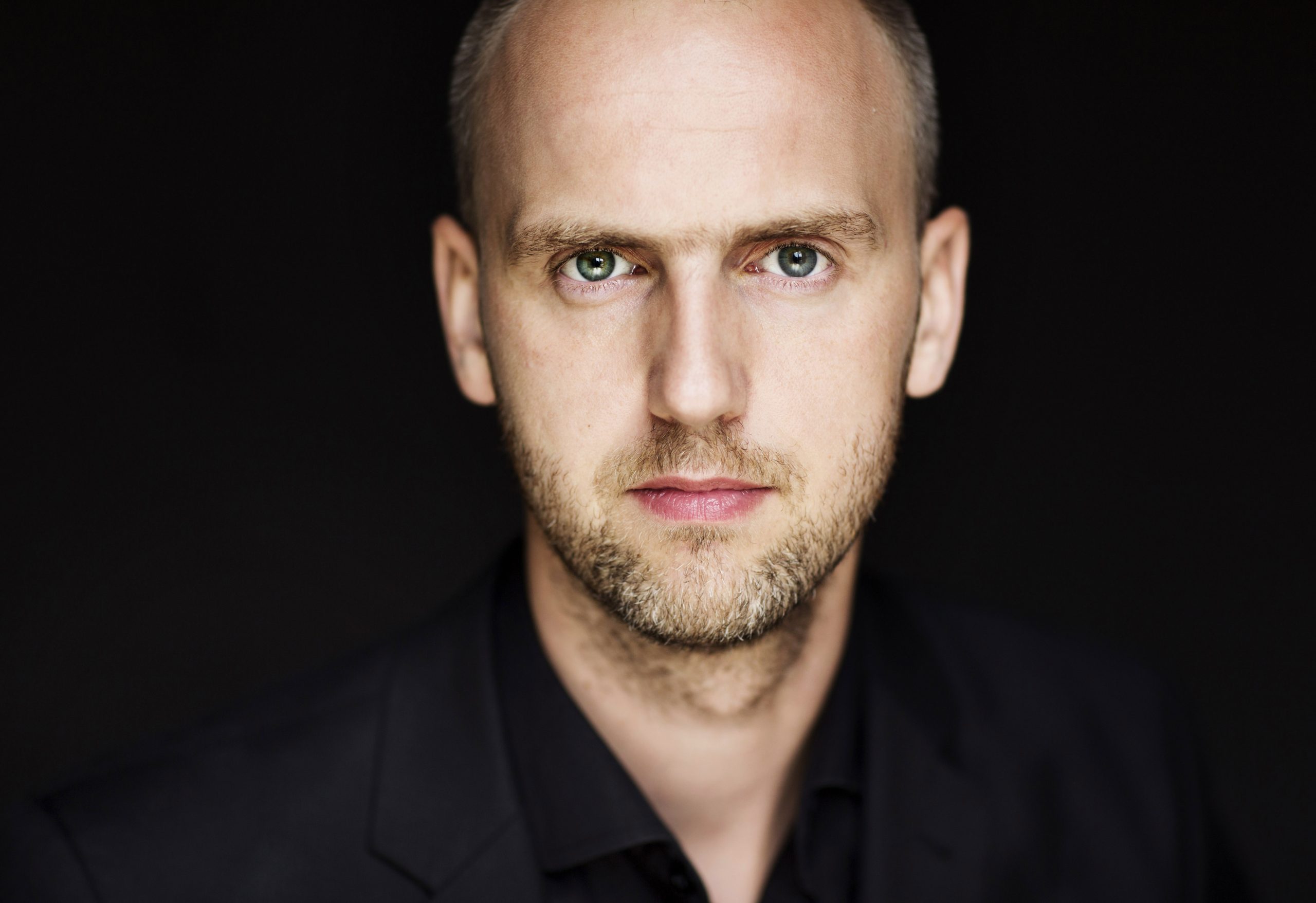
The result is a spellbinding, hypnotic blend of music and art that is different each time it is performed, and transports the audience back to the fin de siècle period. "This was a time of great, electrifying energy," Dijkstra says. "It was a time when technological development was booming, and also artistically, everything was coming to a huge culmination. There were so many developments, and emotions and tensions inside Europe that just had to come to the terrible conclusion that was the First World War."
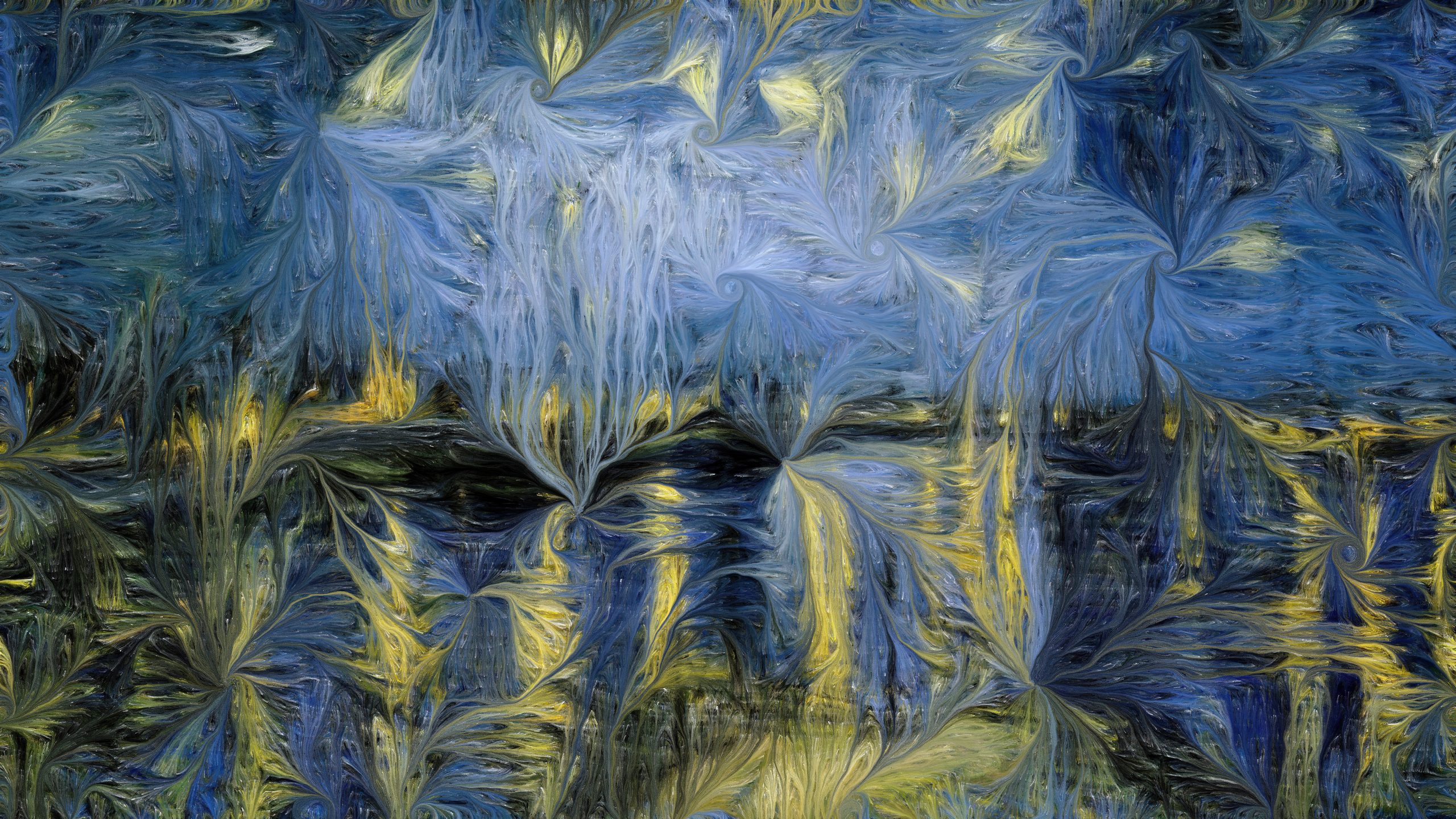
Van Gogh in Me puts a very modern, hi-tech spin on what is now century-old artwork and music, but the Netherlands Chamber Choir has been an innovative, adventurous outfit from the beginning. Dijkstra points out that a small chamber choir was a relatively new concept when the ensemble was formed in 1937, and along the way its repertoire has explored a broad range of music ranging from the Medieval period up to contemporary creations. "And under my tenure as chief conductor we have started to investigate broadening the scope of the choral repertoire in a visionary, immersive way with performances that not only are something to listen to, but something to experience with other senses.
"We've done performances with VJs and DJs and many crazy things, and this is something we are exploring more and more. It's rare that the Netherlands Chamber Choir does a cappella concert where there is nothing else happening. We are always looking at ways to intensify the listening experience and that can be done with small things like projections, movements on stage, staging. But it's important to create something innovative that's not just done for the sake of being innovative, but to enhance the experiences of listening to choral music."
